Legen Tex commitment to innovation and sustainability
In the ever-evolving landscape of sustainable fashion, second-hand clothing has taken center stage. Within this niche, a captivating system has emerged: the world of used graded goods.
This intricate process involves the sorting, categorizing, and grading of used garments, creating a structured framework that guides buyers and sellers through the realm of pre-loved fashion.
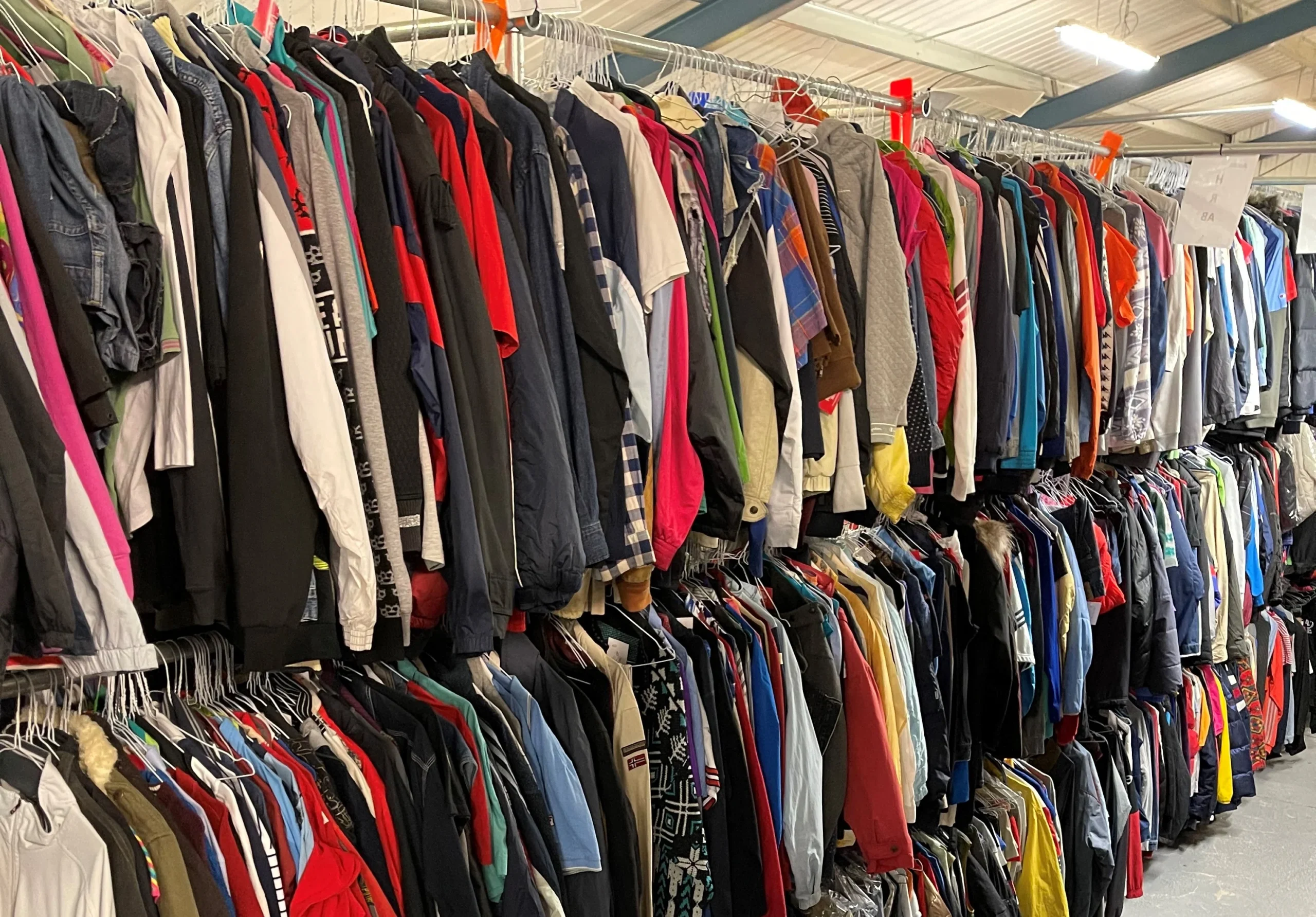
A passion for creating sustainable fashion
Our comprehensive quality check enables buyers to make informed decisions
Graded goods refer to second-hand clothing items that have undergone a meticulous grading process to assess their condition.

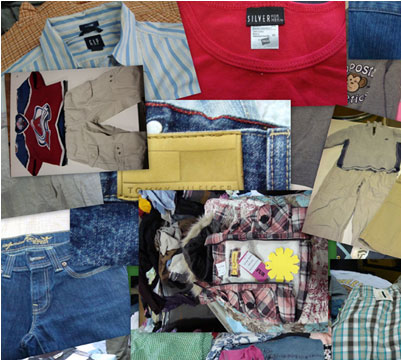
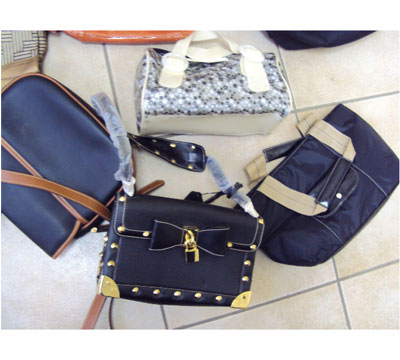
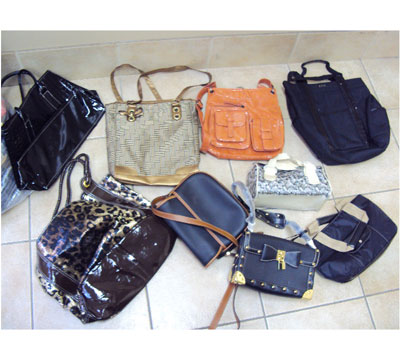
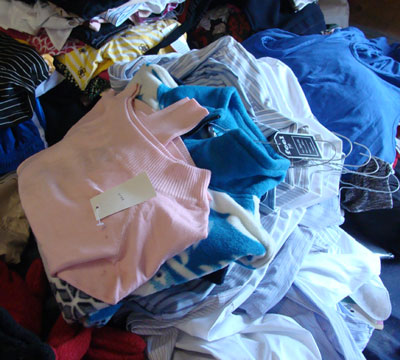
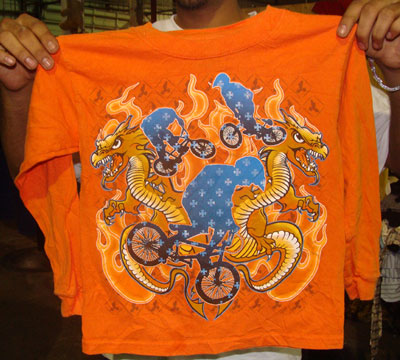
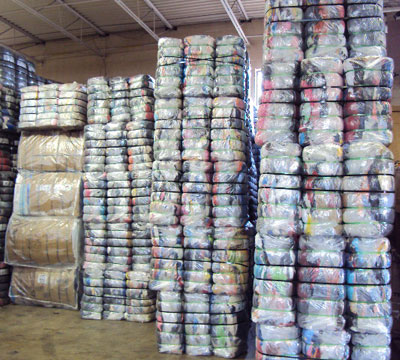
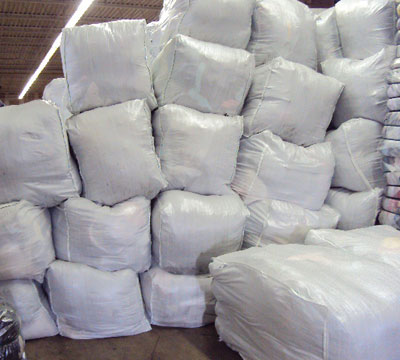
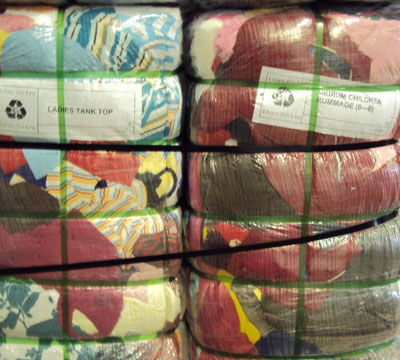
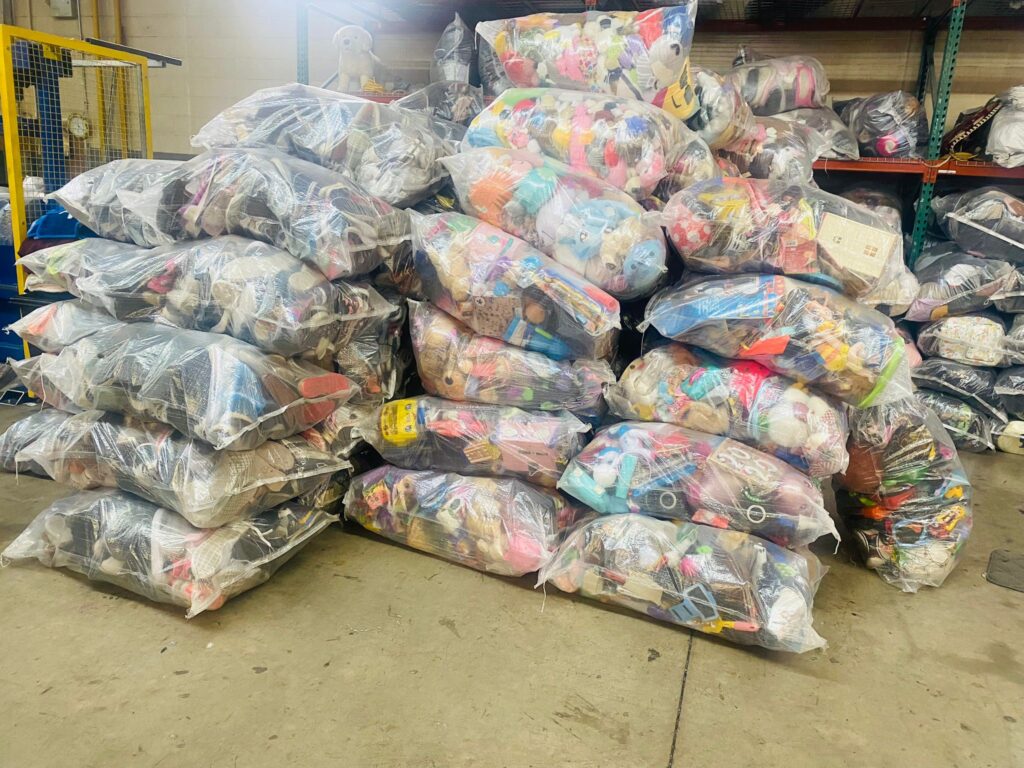
Who Undertakes the Grading Process
- Dedicated graders operate in enormous facilities. These professionals sort through an impressive up to 20 tons of clothing per day.
- Their role is crucial in ensuring that each garment is accurately assessed and categorized, providing a business foundation.
What Are Graded Goods?
In simple terms, graded goods refer to second-hand clothing items that have undergone a meticulous grading process to assess their condition. This process serves as a comprehensive quality check, enabling both sellers and buyers to make informed decisions about the garments in question. The key aim is to provide transparency regarding the wearability and overall quality of the items.
How Are Graded Goods Ranked and Prioritized?
The grading process employs a systematic approach to evaluate the condition of each garment. Items are assigned grades or categories, ranging from pristine to those with visible signs of wear or minor defects. Here are some commonly used grades in the second-hand clothing industry.
Grade A or Excellent/Like New
Items in almost new condition with minimal signs of wear. They may appear unworn and have no significant flaws.
Grade B or Good/Very Good
Items with moderate signs of wear but still in good condition. There might be slight fading, minor pilling, or small imperfections.
Grade C or Fair
Clothing with noticeable wear, fading, or defects. These items may still be functional but may require some repairs or alterations.
Second-hand clothing
offers a sustainable and budget-friendly way to refresh your wardrobe. Whether you’re looking for unique vintage pieces or simply want to reduce your environmental impact
Second-hand clothing not only saves money but also contributes positively to the environment
- Significance of Grading
- Who Undertakes the Grading Process?
- Commonly Used Grades

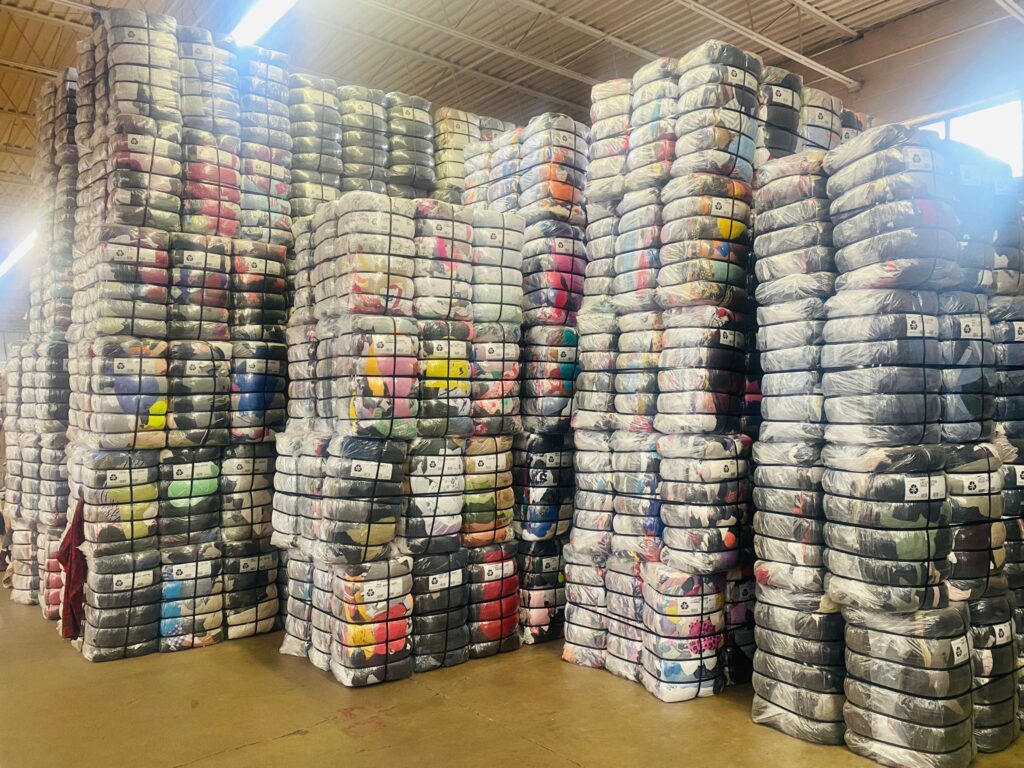
Remember, second-hand clothing not only saves money but also contributes to reducing textile waste.
- High quality sorted products by luxury brands, current fashion, adults, young fashion style, and children.
- Also we do select shoes & handbags of high quality
- Exclusive access to design insights.
The Grading Process:
- The grading process involves a systematic evaluation of each garment, considering various factors:
- Fabric Quality: Assessing the material’s durability and overall feel.
- Color Fading: Checking for any significant color changes due to wear or washing.
- Stains or Tears: Identifying visible marks or damage.
- Overall Integrity: Evaluating the garment’s structural soundness.
Mr. Hussein Mazloum
CEO
Welcome

Legen Tex Ltd has been in Recycling clothing business over 20 years, Exporting goods to all over East and West Africa, South America, Europe, and Middle East.
We are here to serve you better and give you a satisfying goods whether in used clothing, shoes, brand new products, Close-outs, Surplus, Stocklots, Liquidations, Deals, Salvage, Store Returns, Cancelled orders, with savings up to 95% off the original retail price.
Owned and operate by Mr. Hussein Mazloum.
Looking forward to hear from you.